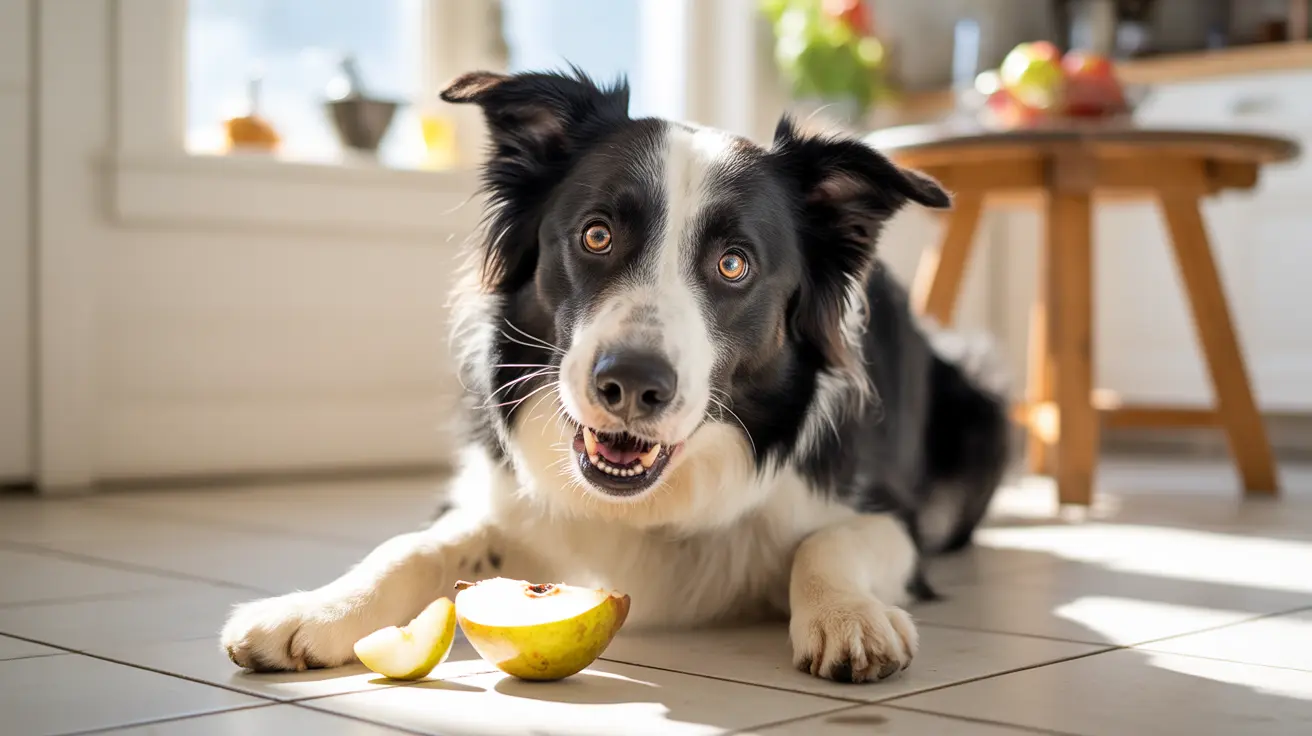Understanding the Most Common Cause of Bloat in Dogs
Gastric dilatation and volvulus (GDV), commonly known as bloat, is a serious, life-threatening condition that primarily affects large, deep-chested dog breeds. It occurs when a dog’s stomach fills with gas, dilates, and subsequently twists, cutting off blood supply and trapping contents inside. This rapid progression can lead to shock, tissue necrosis, and death within hours if untreated.
Why Does Bloat Happen?
The most common cause of bloat is a combination of stomach dilation due to gas build-up and subsequent volvulus (twisting). Factors contributing to this include:
- Eating rapidly
- Consuming a single large meal per day
- Genetic predisposition
- Stress or anxiety
- Advanced age
- Deep-chested body conformation
- Previous splenectomy
High-Risk Breeds
Certain breeds are genetically and anatomically predisposed to GDV:
- Great Danes
- Saint Bernards
- Irish Setters
- German Shepherds
- Standard Poodles
- Weimaraners
Recognizing the Signs of Bloat
Being aware of the symptoms is crucial for timely veterinary intervention:
- Distended abdomen
- Non-productive retching
- Pacing and restlessness
- Pale gums
- Rapid heart rate
- Weakness or collapse
Treatment Options: Emergency and Preventive
The gold standard for prevention and treatment is gastropexy. This surgical procedure secures the stomach to the abdominal wall, helping prevent it from twisting in the future. Types of gastropexy include:
- Incisional gastropexy: Most common and simple method
- Belt-loop gastropexy: Involves tunneling a stomach flap
- Circumcostal gastropexy: Fixates the stomach behind a rib
- Laparoscopic-assisted gastropexy: Minimally invasive and quicker recovery
When To Perform Gastropexy
It can be performed in two main scenarios:
- Emergency during GDV correction: Prevents recurrence after untwisting stomach
- Prophylactically in high-risk breeds: Often done during spay/neuter in dogs 6–12 months old
Recovery and Prognosis
Dogs typically recover well post-surgery, especially from laparoscopic procedures. Key recovery guidelines include:
- Restrict activity for 2 weeks
- Keep incision clean and dry
- Use an e-collar to prevent licking
- Feed small meals frequently
With gastropexy, recurrence rates of GDV drop to below 5%, compared to up to 80% if GDV is treated without the procedure. In certain breeds like Great Danes, this surgery can reduce the risk of death by 30 times.
Risks and Alternatives
While generally safe, gastropexy carries minimal risks such as:
- Infection
- Bleeding
- Anesthesia reactions
- Digestive upset
- Damage to nearby organs (rare)
Non-surgical prevention methods (e.g., feeding multiple small meals, using slow feeders) can help but aren't as reliable as gastropexy.
Conclusion
Bloat, or GDV, is most commonly caused by the stomach filling with gas and twisting on itself. Recognizing early signs and opting for preventive gastropexy in high-risk dogs can save lives. Dog owners should consult with their veterinarians to assess whether their pet could benefit from this life-saving procedure.





